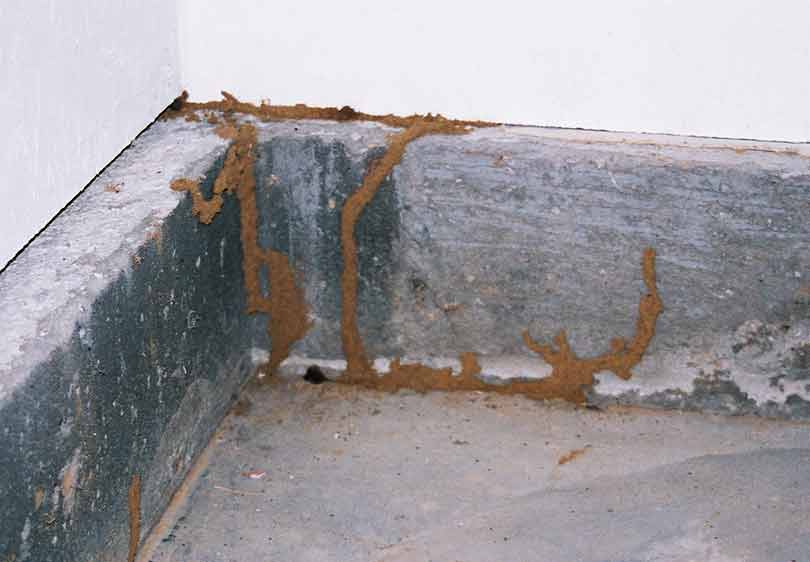Proven Techniques for Getting Rid Of Voles Using Bug Control Methods
As homeowners strive to keep the stability of their gardens and grass, the visibility of voles can present a persistent challenge. These tiny rats, usually mistaken for mice, can ruin greenery and interrupt the visual appeal of outdoor rooms. In this discussion, we will certainly explore different tried and tested approaches for effectively eliminating voles via strategic insect control methods. By comprehending vole habits and carrying out targeted capturing, repellent, exemption, and natural predator strategies, a detailed approach can be developed to combat these elusive parasites. This multidimensional technique offers an encouraging remedy that is both eco conscious and efficient.
Understanding Vole Actions
Understanding Vole Actions is crucial for properly carrying out insect control actions. Voles are little rodents that can create considerable damages to yards, plants, and landscape design because of their burrowing and feeding habits. By studying vole habits, insect control professionals can develop targeted strategies to manage vole populations and minimize their influence on agricultural and property areas.
Voles are energetic mainly throughout the morning and late night, preferring to avoid bright sunlight. They have a voracious cravings for origins, bulbs, and roots, making them a threat to plant health. By understanding their feeding patterns and choices, parasite control actions can be customized to secure susceptible plants.
Voles are prolific breeders, with ladies providing birth to multiple clutters yearly. This fast reproduction rate can bring about population explosions if left uncontrolled. By examining vole breeding behaviors, insect control experts can execute positive actions to protect against infestations before they become unmanageable.
Applying Vole Capturing Approaches
To effectively control vole populations and minimize their effect, carrying out vole capturing approaches is a practical method that lines up with the understanding of vole actions. Trapping acts as an efficient and targeted approach to reduce vole numbers in certain locations where they pose a hazard to plant life or building. There are numerous sorts of vole catches available, including snap traps, live catches, and multi-catch traps. Break catches are typically used and are created to eliminate the voles promptly upon triggering. Live catches, on the various other hand, catch the voles unharmed, enabling their moving to a different setting - vole control utah county. Multi-catch catches have the ability to catch several voles in one setting, making them suitable for bigger infestations. When setting traps, it is crucial to place them along vole paths or near burrow entryways to raise the chance of success. Consistently inspecting and resetting catches is essential for maintaining their performance in controlling vole populaces. By utilizing vole trapping approaches purposefully, it is possible to manage vole invasions and guard against their damaging effect.

Utilizing Vole Repellents
One reliable technique for deterring voles from damaging greenery and home is by using vole repellents. Vole repellents are materials developed to ward off these rats, avoiding them from causing injury to gardens, lawns, and various other locations. There are various kinds of vole repellents readily available on the marketplace, including chemical and all-natural options.
Natural vole repellents usually make use of strong look at this now scents or tastes that voles discover unpleasant, such as castor garlic, killer, or oil pee. These all-natural repellents can be used to the affected areas to produce a setting that voles would certainly rather prevent. On the various other hand, chemical vole repellents might consist of ingredients that discharge smells or tastes that stink to voles, preventing them from the treated areas.
When utilizing vole repellents, it is important to adhere to the supplier's directions thoroughly to guarantee effectiveness and safety and security. Regular reapplication may be needed, especially after rain or irrigation. By integrating vole repellents right into an incorporated bug administration strategy, home owners can assist secure their plants and items from vole damages.
Using Exclusion Techniques
Having explored the performance of vole repellents in hindering these rats, the following action involves carrying out exclusion strategies to further secure against vole damages. Exclusion strategies concentrate on stopping voles from accessing areas they may target for feeding or nesting. One very effective approach is the installment of hardware fabric barriers. This product, typically made from sturdy wire mesh, can be hidden a minimum of 12 inches deep around yards, trees, and other at risk areas to prevent voles from delving underneath. utah vole control. In addition, creating fencings with little mesh openings can help maintain voles out of details locations. Guaranteeing that these obstacles are high adequate and buried sufficiently underground will certainly improve their efficiency.
Frequently examining frameworks for spaces or openings and promptly sealing them with appropriate products can additionally avoid voles from going into buildings. Integrated with other parasite control techniques, applying exemption methods can substantially decrease vole populations and minimize their impact go to this site on properties.
Integrating Natural Predators
When considering efficient vole control methods, incorporating natural predators into the ecosystem can be an important approach. All-natural killers such as owls, hawks, foxes, and serpents play a critical function in regulating vole populaces by exploiting them. By encouraging the visibility of these predators in the location where voles are creating damage, an all-natural equilibrium can get redirected here be developed, assisting to maintain the vole population in check.
To draw in all-natural predators to your building, produce habitats that sustain their needs. For instance, constructing owl boxes or perches can supply shelter for owls and urge them to regular the area. Additionally, preserving a varied landscape with lots of plant life and health food sources can attract a variety of predators that take advantage of voles.

Final Thought
Finally, by recognizing vole behavior, executing capturing techniques, using repellents, using exclusion techniques, and integrating natural killers, it is possible to efficiently eliminate voles making use of insect control strategies. These proven methods offer a detailed technique to handling vole populaces and stopping damage to grass, crops, and gardens. By integrating these strategies, people can successfully fight vole problems and secure their buildings from these pesky rats.
By studying vole actions, pest control specialists can create targeted methods to take care of vole populaces and minimize their influence on residential and farming areas.
To properly control vole populaces and mitigate their effect, applying vole trapping techniques is a useful method that aligns with the expertise of vole actions (vole control service). By utilizing vole trapping methods strategically, it is possible to manage vole problems and secure versus their harmful effect
One reliable approach for hindering voles from damaging vegetation and property is by using vole repellents.In verdict, by comprehending vole habits, executing capturing approaches, using repellents, applying exclusion methods, and integrating all-natural predators, it is possible to successfully eliminate voles making use of insect control methods.